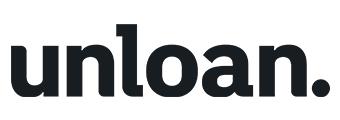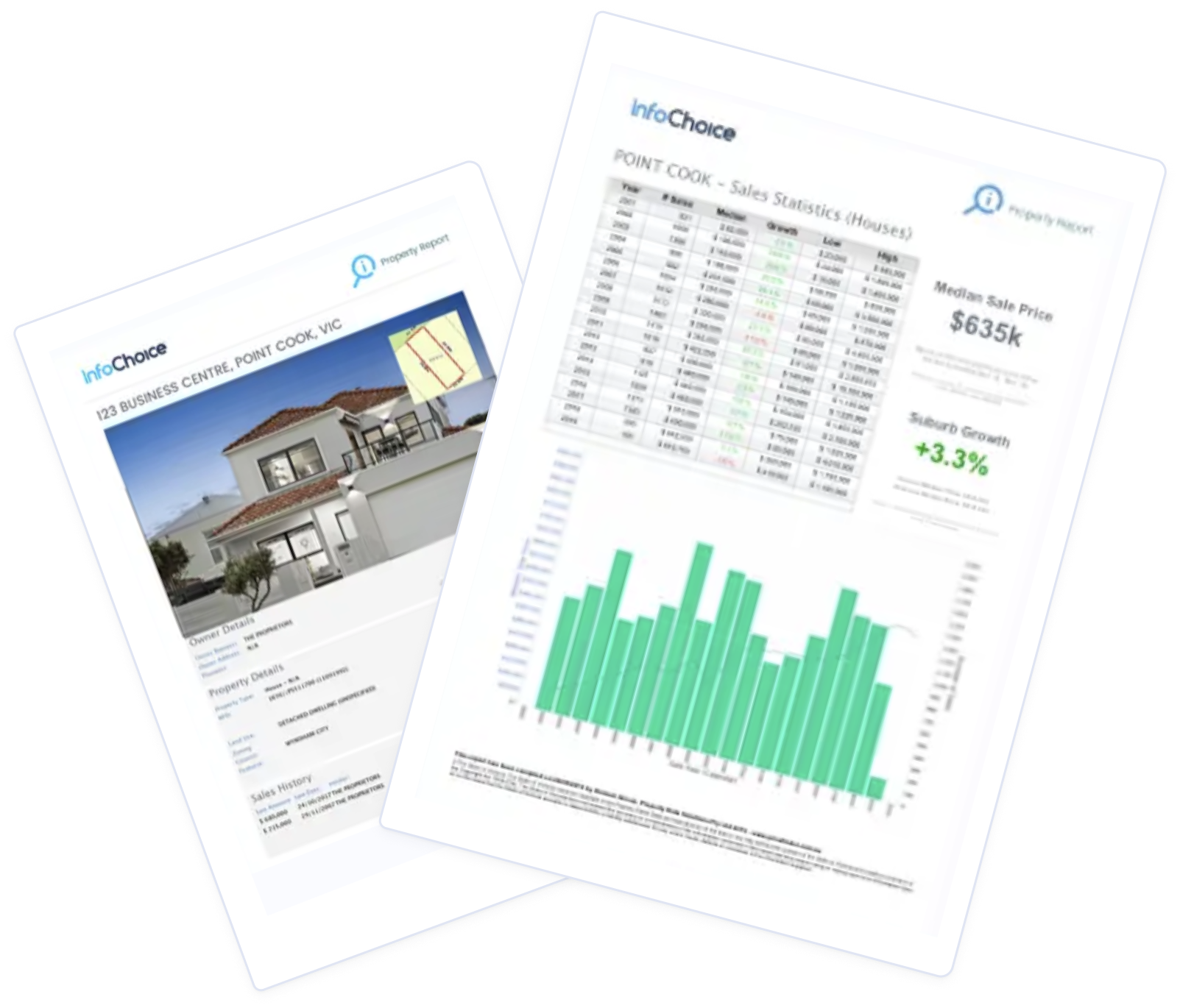
- Generally, any more than 30% of pre-tax income spent on the mortgage is considered ‘mortgage stress’.
- Higher-income households could get away with directing a higher portion of their income to the mortgage because non-discretionary living costs are generally similar across income brackets (e.g. the price of bread is the same whether you’re earning $40,000 or $400,000).
- It’s worthwhile using a mortgage calculator to find out how repayments work with your budget, ensuring you have enough leftover for living expenses.
A household is generally considered to be in mortgage stress if they spend more than a certain percentage of their pre-tax income – often said to be around 30% – on home loan repayments.
That would see a couple with a median, full-time salary of $1,600 a week, or $83,200 a year, limited to borrowing around $320,000 on a 30-year mortgage with a 6.00% p.a. interest rate. That’s according to InfoChoice’s mortgage calculator.
Spending less than 30% of a household’s income is typically considered to be an attractive outcome, while spending more could land borrowers in hot water if rates were to rise or if their income were to waver unexpectedly.
Of course, that’s not a blanket rule. Some households, particularly those on higher incomes, might be able to comfortably fork out more than 30% of their pay packets on home loan repayments. In fact, they might choose to do so in an effort to get a nicer property or live closer to a city centre. On the other hand a lower income household might struggle to meet repayments, even if repayments represent less than 30% of their income.
“The old rule was a very good one. It said your mortgage repayments shouldn't be more than 30% of your pre tax income,” Icon Mortgages managing director Jasjeet Makkar told InfoChoice.
“The reason I say it's an old rule is that, somewhere in the last two to three years, it's changed a little and we now see a lot of people with up to 45% [of their income going towards repayments].
“In situations where, say 40% of a person’s income is going towards mortgage repayments, that doesn't mean they will be under mortgage stress straight away, but it is riskier.”
| Lender | Home Loan | Interest Rate | Comparison Rate* | Monthly Repayment | Repayment type | Rate Type | Offset | Redraw | Ongoing Fees | Upfront Fees | Max LVR | Lump Sum Repayment | Extra Repayments | Split Loan Option | Tags | Features | Link | Compare | Promoted Product | Disclosure |
|---|---|---|---|---|---|---|---|---|---|---|---|---|---|---|---|---|---|---|---|---|
5.29% p.a. | 5.33% p.a. | $2,773 | Principal & Interest | Variable | $0 | $530 | 90% |
| Promoted | Disclosure | ||||||||||
5.19% p.a. | 5.10% p.a. | $2,742 | Principal & Interest | Variable | $0 | $0 | 80% |
| Promoted | Disclosure | ||||||||||
5.39% p.a. | 5.43% p.a. | $2,805 | Principal & Interest | Variable | $0 | $530 | 90% |
| Promoted | Disclosure |
Breaking down mortgage stress
Buying a home likely means making the biggest purchase of your life. This is not only due to the actual cost of the dwelling, but also because it often means signing up to make regular home loan repayments for the years or decades to come.
Housing costs are generally the biggest expense facing a person or household. This is why, if repayments are at the top of a budget, or if rate hikes or shifts in household incomes see them rise beyond expectations, they can add a whole heap of stress to life.
When home loan repayments surpass a simply substantial portion of a household's income, it puts them at risk in two ways, Mr Makkar notes.
“For one: When you're putting a large chunk of your income towards your mortgage repayments, it can take away your ability to have good savings habits,” he said.
“The second one is a big one: It puts you in a position wherein it doesn't take much to feel financially strained.
“You could be sitting in that ‘risky’ category, where you don't have much to rely on if something unforeseen were to happen.
“For example, if one member of a couple was to lose their job, or if their income was to be impacted for a couple of months, it could land them in trouble.”
Roy Morgan considers two models when it measures how many households are at risk of mortgage stress in Australia. The first is the number of home loan borrowers who are spending 25% to 45% of their income, depending on their income and spending habits, on principal and interest repayments.
The second is how many are spending that same amount on just the interest portion of their repayments. The latter group, considered to be ‘extremely at risk’ of mortgage stress, currently includes nearly one in five mortgage holders.
That’s part of the reason why lenders limit how much a person can borrow and regulators demand banks ensure home loan holders meet serviceability tests. That means those borrowing through a bank must be able to continue meeting their mortgage repayments if interest rates were to increase by three percentage points.
So if your mortgage rate was 6.00% p.a. you’d be assessed on your ability to repay at up to 9.00% p.a. Banks may also use their own serviceability ‘floor’ rates.
Up to 80% of banks also use the Household Expenditure Measure (HEM) when assessing your ability to repay a home loan, which sometimes underestimates how much the essentials cost. You can enter your income and living expenses into InfoChoice’s borrowing power calculator to find out how much you might be able to borrow.
Interest vs principal: Does it matter?
Interestingly, some institutions (including the Australian Bureau of Statistics) note that using blanket rules such as the ‘30% rule’ fail to consider the positive impact of principal repayments.
When a person borrows money to buy a home, they will initially pay interest on nearly their entire debt. As the years go on, however, the slither of funds that go towards their principal balance increases while the portion that goes to paying interest shrinks. This is called an amortisation schedule.
Paying down the principal of a home loan can arguably be considered a form of saving, as doing so can be a means to build equity. If that’s the case, a person’s actual housing costs will likely decrease over the life of their home loan.
Additionally, some households might choose to make extra repayments so as to pay off their principal balance faster. If they’re choosing to funnel a larger chunk of their income into home loan repayments, they mightn’t actually be in mortgage stress.
How home loan holders can fall into mortgage stress
Just as there are plenty of reasons a person’s financial health can go through turbulent periods, so can their level of mortgage stress. Here are just some of the common factors that impact how comfortably a borrower might meet their home loan repayments.
Interest rate hikes
The Reserve Bank of Australia (RBA) embarked on what became one of its fastest hiking sprees on record in mid-2022, upping the nation’s cash rate in a bid to tackle worrying levels of inflation.
The cash rate determines, among many things, how much it costs banks and lenders to borrow money – the same money those institutions generally hand out to home loan borrowers. Thus, the higher the cash rate, the higher the interest rates lenders will often charge to borrowers in an effort to make back their costs.
According to RBA data, the rate on a typical new home loan increased from a low of 2.41% p.a. in April 2020 to 6.00% p.a. in October 2023 - blowing past the 3% security blanket buffer.
That would see the repayments on a $500,000, 30 year home loan lifting from $1,965 a month to $2,998 a month, according to InfoChoice’s Home Loan Calculator – a 52% increase.
Loss of employment or reduction in income
Even more impactful on a person’s ability to meet their home loan repayments is changing household income.
That makes sense, as households generally consider their current situation when making large financial decisions. But life happens.
Things like losing employment unexpectedly or starting a new job, an unexpected period away from work, and changes in family dynamics, such as a new baby, could cause financial upset.
Rising living costs
On top of that, increasing living costs, whether that be caused by inflation or happy tidings, (say, the baby mentioned above – they can be expensive!), might leave home loan repayments taking up an uncomfortable portion of a household’s income.
“The cost of living has increased significantly in the last 12 months,” Mr Makkar said. “That has affected how people manage their cash flows.
“If they weren’t up to speed, or if they didn't have additional savings to cover those rising expenses, they might be facing financial stress.”
Additional debt
Taking on additional debt, or failing to repay previously held debt, can also be a major factor in causing mortgage stress.
“When people take on additional debt - they might have credit card payments, car loan, or personal loan repayments on top of their mortgage repayments - they may be more likely to find themselves in a highly stressful situation,” Mr Makkar said.
“It mightn’t leave them with much left once they've made all their monthly repayments.”
Refinancing can take the edge off mortgage stress
Refinancing your home loan could be one way to lower your regular repayments, potentially drastically.
Often, the most competitive home loan deal available on the market isn’t offered to a bank or lender’s existing customers.
Not to mention, peoples' circumstances tend to change over the years. For instance, a first home buyer who put down a 10% deposit a decade ago is now likely eligible for a more competitive rate than they initially were. That’s largely because the equity they’ve built over those years could see them with a more attractive loan-to-value ratio (LVR) than they began with.
If a borrower could refinance their $500,000, 30-year mortgage with a 6.00% p.a. interest rate to one with a 5.50% p.a. interest rate, they could save more than $2,000 a year.
Though, those considering refinancing would be wise to also factor in the costs associated with doing so into their decision making process.
Other ways to reduce mortgage stress
Buy a cheaper home or downsize
If you’re considering buying a home but feel concerned about mortgage stress, perhaps consider buying a cheaper, smaller property, or a unit rather than a house. The less you spend, the smaller your home loan will likely be, thereby the smaller your repayments will likely be.
On the other hand, if you already own, perhaps consider downsizing to a cheaper, smaller property or a different property type. While doing so will likely see you incurring stamp duty and other costs associated with buying and selling property, it could be worthwhile for your long-term peace of mind.
“If a person finds themselves in deep stress, I think they need to seriously consider downsizing,” Mr Makkar said.
“I know many people just want to ride the wave and be brave about it but they may need to consider other factors, including their mental health and wellbeing.”
Take the time to regularly assess your finances
Another way to fend off mortgage stress is to keep a close eye on your ingoing and outgoings. Doing so can ensure you’re aware of areas in which you might be able to cut back on and stretch your budget further.
It might also mean taking the time to assess the mortgage market regularly, thereby making sure you know whether your home loan deal is still competitive and whether refinancing could see you better off.
Easy cost-cutting measures include: Cutting back on streaming services and subscriptions, takeaway and alcohol, and annually assessing if you’re getting a good deal on electricity and gas; phone and internet; health, car, and life insurances.
Utilise an offset account
Keeping your savings in an offset account is another way to reduce your home loan repayments and, hopefully, keep mortgage stress at bay.
Any money stored in an offset account is ‘offset’ against your home loan, meaning you don’t pay interest on borrowed funds to the value of those kept in the offset account.
So, if you have a $350,000 home loan and $50,000 in an offset account, you only pay interest on $300,000 ($350,000 - $50,000).
However, offset accounts typically demand additional fees and many of the market’s most competitive home loan deals don’t offer them. For that reason, it's worth crunching the numbers to see if opening an offset account is a good move for your position.
Another option might be to see if your home loan offers redraw facilities, allowing you to access extra repayments you’ve made.
Talk to your bank or lender about getting a better deal
Perhaps the easiest way to reduce your mortgage repayments is to just ask. A call to your lender could see them drop the interest rate on your home loan.
You might even be able to point out that the state of your loan has changed notably since you first took it out. For instance, you might have made regular repayments over its life, or paid off a substantial chunk of your principal balance and therefore, have a lower LVR than you once did.
Whether that’s the case or not, there’s no downside to simply asking whether your lender could improve your home loan offer. The worst case scenario of doing so is being told ‘no’.
Beyond just bettering your deal, however, your lender might be able to take the sting out of your financial position through other measures.
“Almost all banks have a financial hardship contact number,” Mr Makkar said.
“Customers can call that number to speak to their lender and be open about their position.
“Banks do tend to help by giving customers the option to make interest only repayments for a short period or providing other forms of relief, especially if they're between jobs or in another short term situation.”
Consolidate other debts
For those struggling to repay multiple debts, particularly unsecured debts, consolidation might be a worthwhile option.
“Many people don't realise how quickly a debt spiral can get out of control,” Mr Makkar said.
“Something I advise all my clients is: Always look at the unsecured debt first.
“If they've got credit cards, personal loans, or car loans, that needs to go as soon as they feel they’re in financial stress.”
You can compare credit card balance transfer offers, and also consider rolling unsecured personal loans into one loan with a lower interest rate. Think hard about consolidating them into the home loan, because while they might provide short-term relief, long-term you will pay more interest as a home loan length is much longer.
Reach out to a financial counsellor or support services
Finally, reaching out to professionals for their advice can prove invaluable.
Chances are, financial counsellors have seen hundreds of situations similar to that you’ve found yourself in and have plenty of practice in finding a solution. Letting your guard down and reaching out for help is often cheaper than people expect (sometimes it’s even free) and could be well worth the trouble.
There are also plenty of services out there that can offer support for those struggling to meet their mortgage repayments. Here are a few:
|
|
Who |
What |
How |
Where |
|
National Debt Helpline |
Anyone |
Free professional, independent financial counsellors |
Call: 1800 007 007 |
Nationwide |
|
Mob Strong Debt Helpline |
Aboriginal and Torres Strait Islander peoples |
Free legal advice and financial counselling service |
Call: 1800 808 488 |
Nationwide |
|
Way Forward |
Anyone who has an income
|
Free assistance and debt solutions for people in financial hardship |
Call: 1300 045 502 |
Nationwide |
|
ACT Mortgage Relief Fund |
Mortgage holders |
Provides interest-free loans to those struggling with home loan repayments due to unforeseen circumstances |
ACT |
|
|
Queensland Mortgage Relief Loan |
Mortgage holders |
Provides interest-free loans to people struggling to meet home loan repayments |
QLD |
Services Australia, Centrelink, and the Salvation Army can also help those experiencing severe financial hardship.
Finally, the toll that mortgage stress and financial hardship can have on a person’s mental health shouldn’t be underestimated.
If you’re experiencing depression or anxiety, you can reach out to Beyond Blue by calling 1300 22 46 36. If you’re in need of crisis support, Lifeline is available on 13 11 14.
Image by Cherry Lin on Unsplash.


